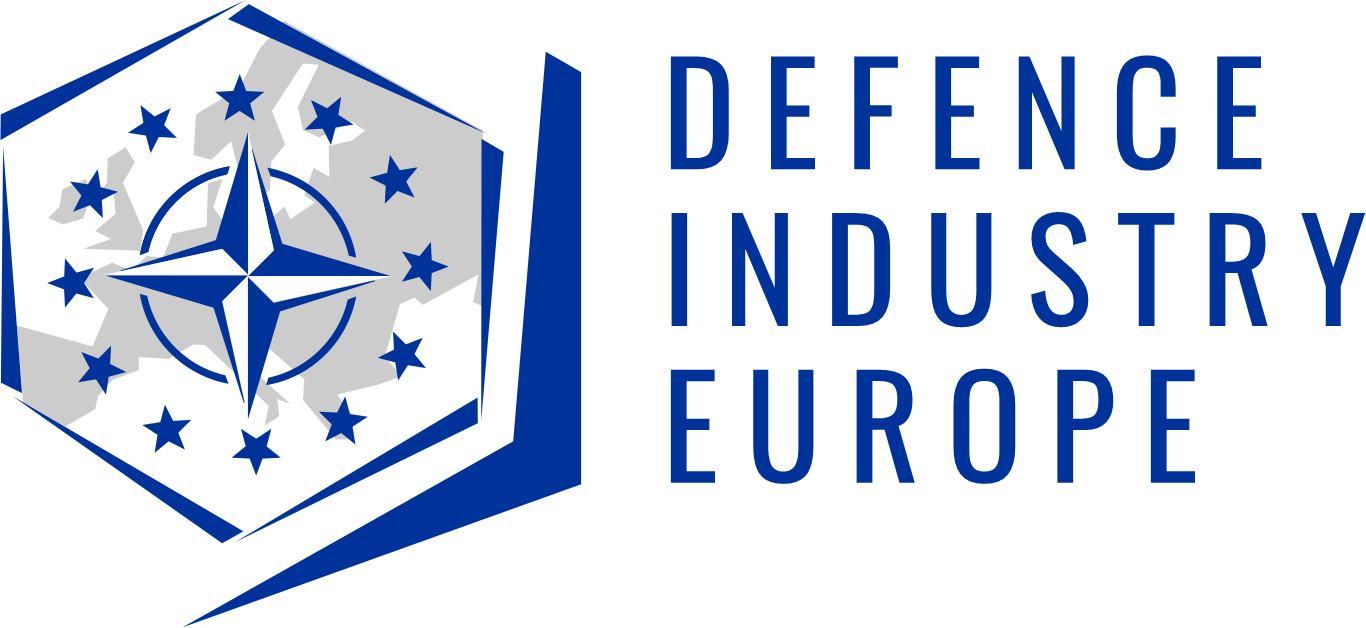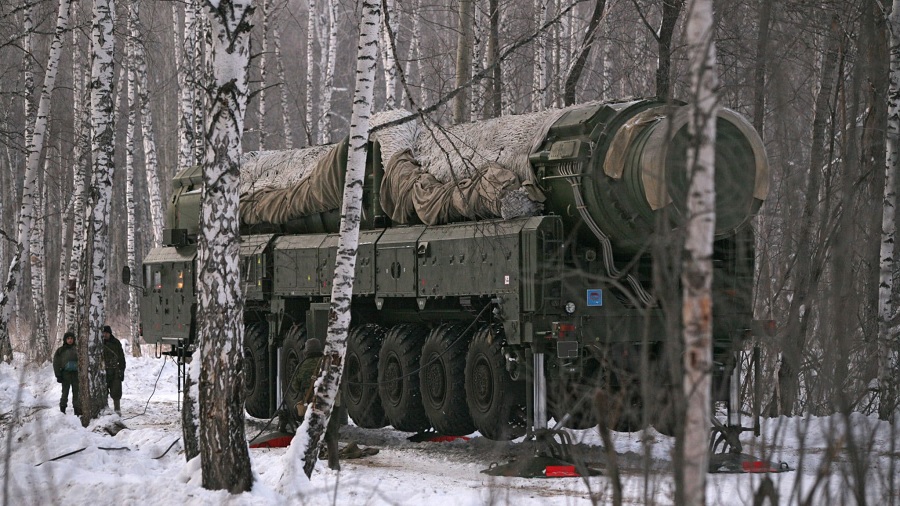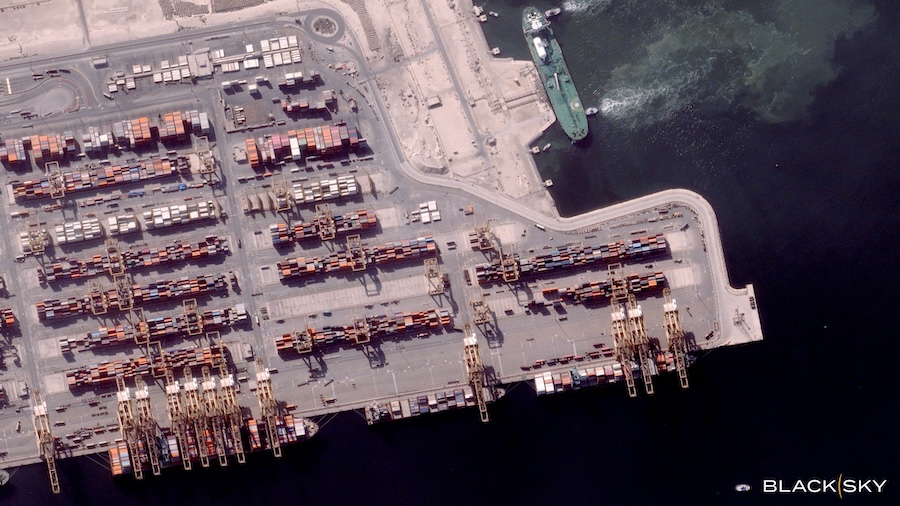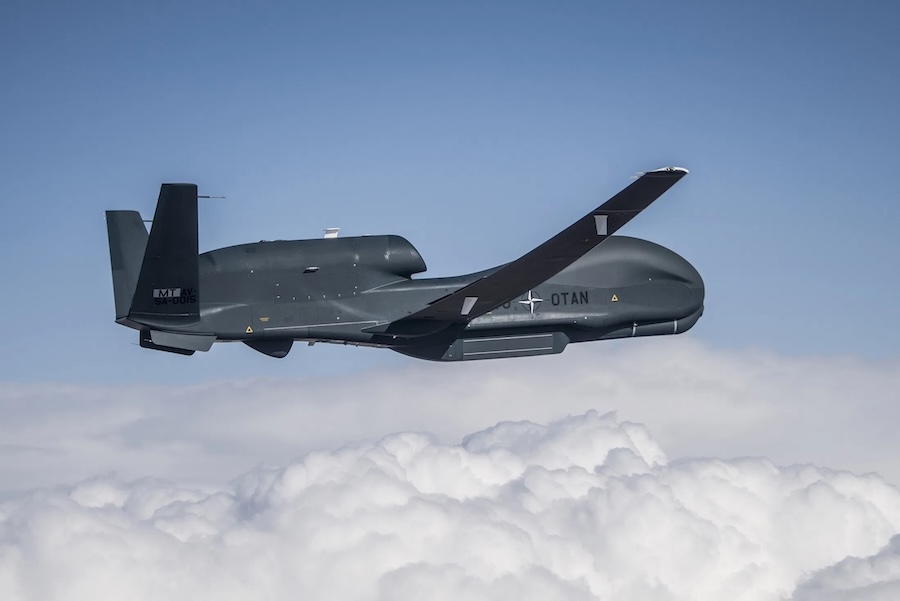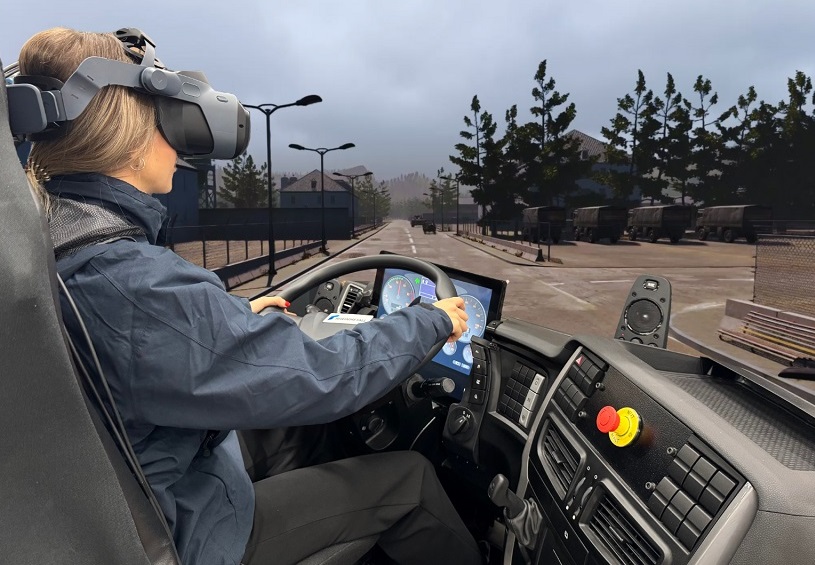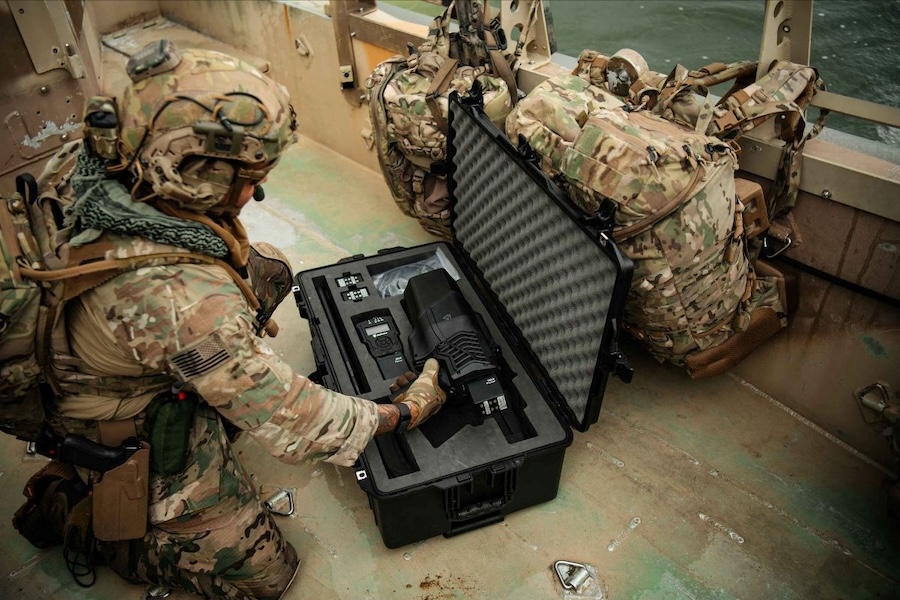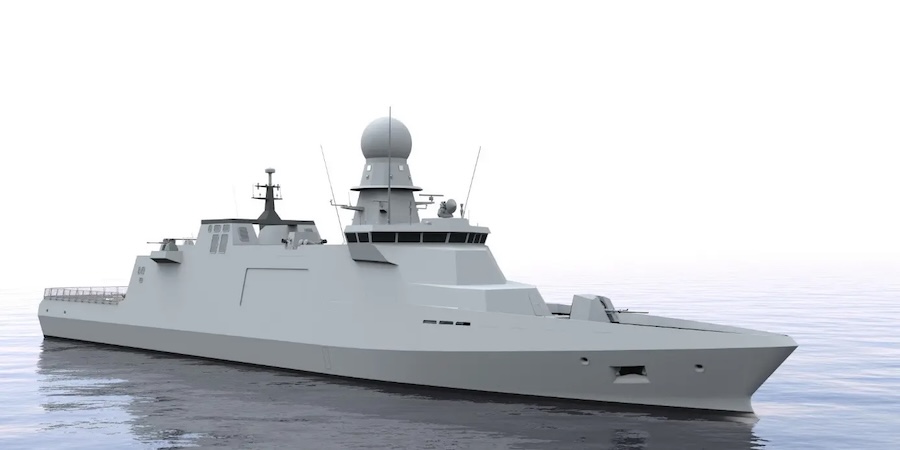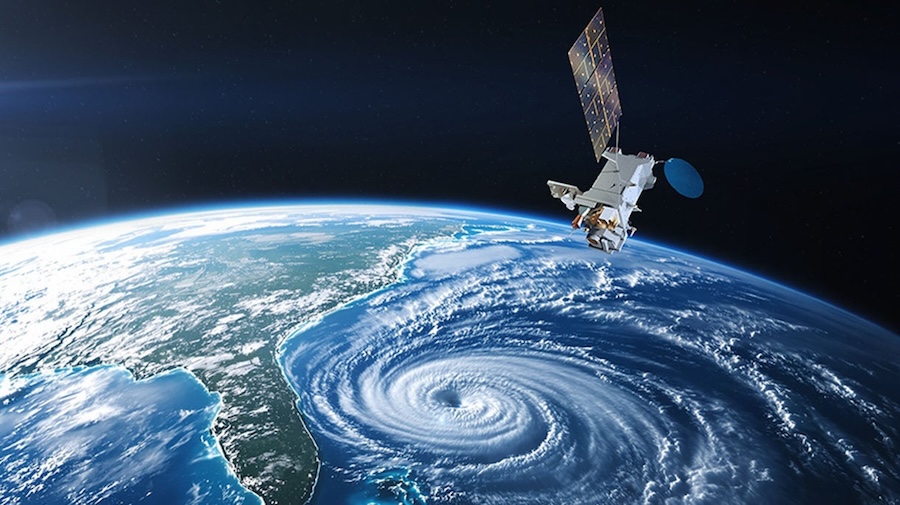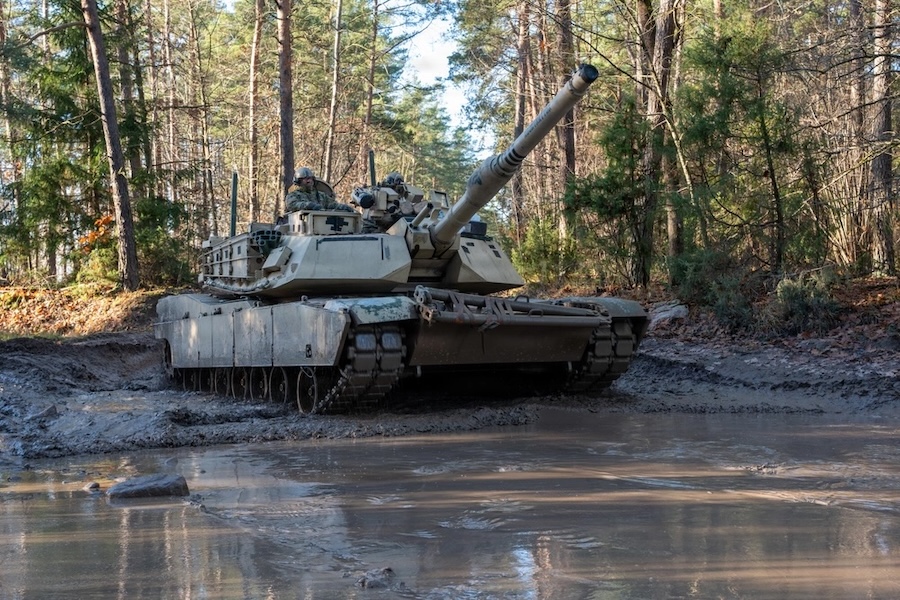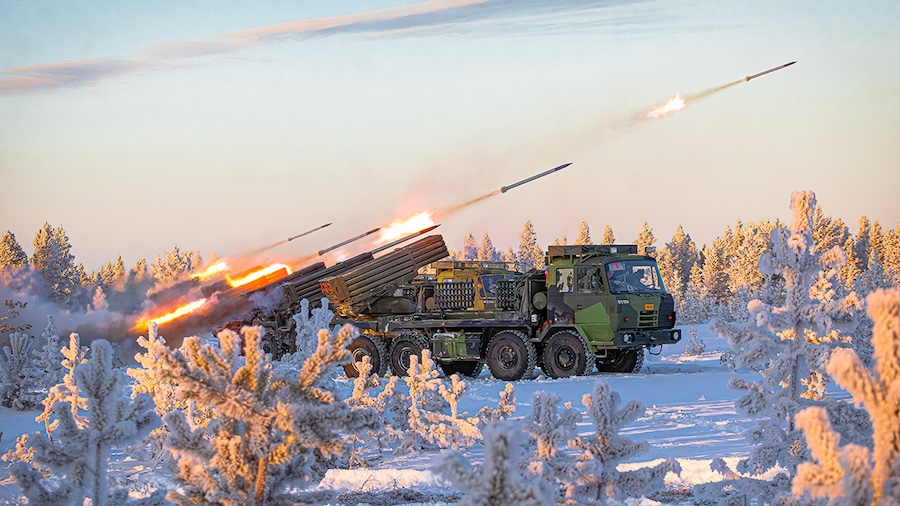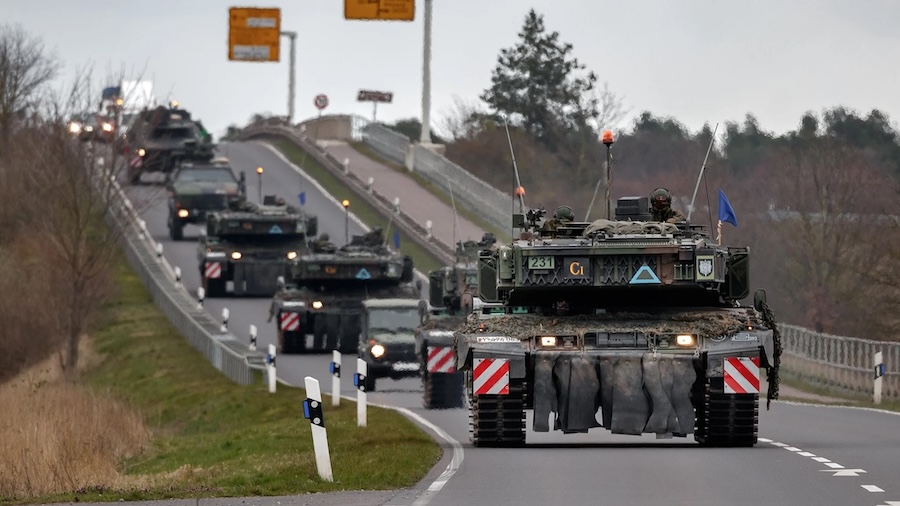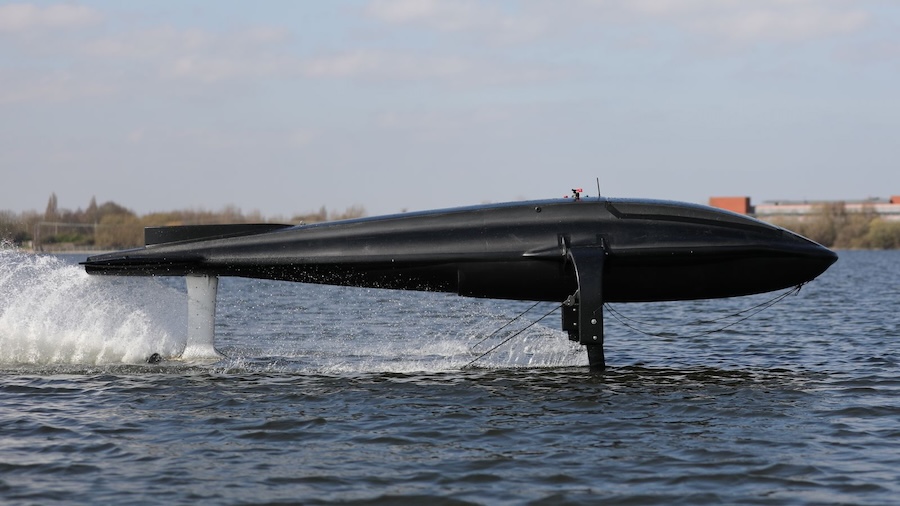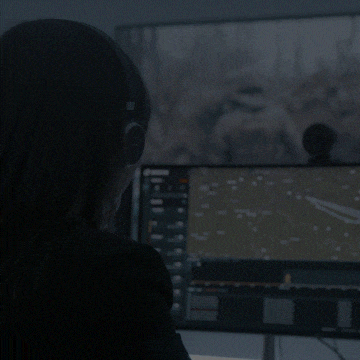The report highlights that Russia is pursuing a satellite capable of carrying a nuclear device, a development the United States has monitored for years. “Only recently have we been able to make a more precise assessment of their progress toward it,” the DIA notes, warning that such a system would threaten the thousands of satellites operated globally by states and commercial entities.
In 2024, Russia vetoed a United Nations resolution that reaffirmed the 1967 Outer Space Treaty’s prohibition on placing nuclear and other weapons of mass destruction in space. The DIA further reports that Russia has already developed and in some cases deployed non-nuclear counterspace weapons, including lasers, a ground-launched antisatellite missile, and electronic warfare systems.
Russia’s activities in space also included a 2024 test of a space-based antisatellite weapon conducted near a U.S. government satellite. The DIA assessment suggests these efforts represent a sustained attempt to undermine the space-based infrastructure of potential adversaries.
Beyond space, Russia is also expanding its weapons of mass destruction (WMD) capabilities, notably its nuclear forces. The DIA estimates that Russia maintains “about 1,550 deployed strategic warheads and up to 2,000 non-strategic warheads,” while also introducing new systems such as nuclear air-to-air missiles and other novel technologies.
Russia has expanded its nuclear posture to Belarus, establishing missile and nuclear-capable aircraft systems, renovating a nuclear weapons storage site, and training Belarusian crews to handle tactical nuclear weapons. Throughout the ongoing conflict in Ukraine, Russia has used “nuclear-related rhetoric and military exercises to signal its resolve,” although the DIA assesses that nuclear use remains highly unlikely unless Moscow perceives an existential threat to the regime.
The report also states that Russia is “probably expanding its chemical and biological warfare programs’ capabilities.” Historical patterns of use include fourth-generation nerve agents in targeted killings in 2018 and 2020, and pharmaceutical-based agents in special operations in 2002 and 2005.
In Ukraine, Russia continues to employ riot-control agents and chloropicrin in battlefield operations, but the DIA believes it has “almost certainly not used its fourth-generation nerve agents in the conflict.” These findings underscore the broadening scope of Russia’s unconventional weapons programmes and the strategic signals they are intended to send.
Source: Defense Intelligence Agency (DIA).



